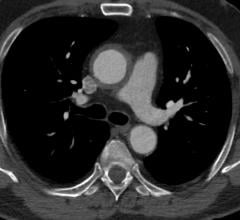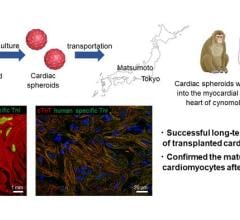June 12, 2007 - Recent findings show that the majority of people untrained in how to perform cardiopulmonary resuscitation, and even many trained emergency personnel, do not push with enough force to properly administer CPR.
The research tested 104 adults untrained in CPR and 83 firefighters trained in the procedure. Findings showed that most of the untrained people simply do not apply enough force, according to Leslie Geddes, Purdue University's Showalter Distinguished Professor Emeritus of Biomedical Engineering.
"This is important because every minute lost in applying CPR results in a 10 percent decrease in successful resuscitation," Geddes said. "Time is the enemy. After 10 minutes, very few are resuscitated."
The American Heart Association recommends pushing with enough force to compress the chest 1.5 to 2 inches, requiring 100 to 125 pounds of force.
Depending on how quickly it is administered after a person's heart stops, the success rate for CPR ranges from 5 percent to 10 percent. "One reason for the low resuscitation rate is that people don't apply enough force and also because there is no feedback signal to tell you whether you are pushing hard enough on the chest," indicated Geddes.
The research represents the first time such measurements have been recorded to quantify how hard people push in a simulated CPR test, said Pervin R. Taleyarkhan, an undergraduate chemical engineering student working with Geddes on the student project.
Findings are detailed in a research paper that appears in the June 2007 issue of the journal Cardiovascular Engineering. Participants in the study were asked to push on a bathroom scale as though they were performing CPR, and their force was recorded by the scale. The findings showed that 60 percent of the CPR-trained rescue personnel pushed with more than 125 pounds, whereas more than 60 percent of those not trained in CPR failed to push with more than 125 pounds of force.
"We are trying to establish is how hard people are able to push in a simulated CPR situation. You can't tell from the data how successful they would have been at resuscitation in a real-life situation,” noted Geddes. "As a result of this recommendation, it's likely that the resuscitation rate will increase, but it's equally likely that the fracture rate will increase."
The research paper was written by Geddes, Taleyarkhan, Megan K. Boland, a former Purdue graduate student in interdisciplinary engineering; and Jillian Vitter, an undergraduate chemical engineering student at the University of Notre Dame who is pursuing a medical career.
For more information: [email protected]


 May 02, 2024
May 02, 2024 








